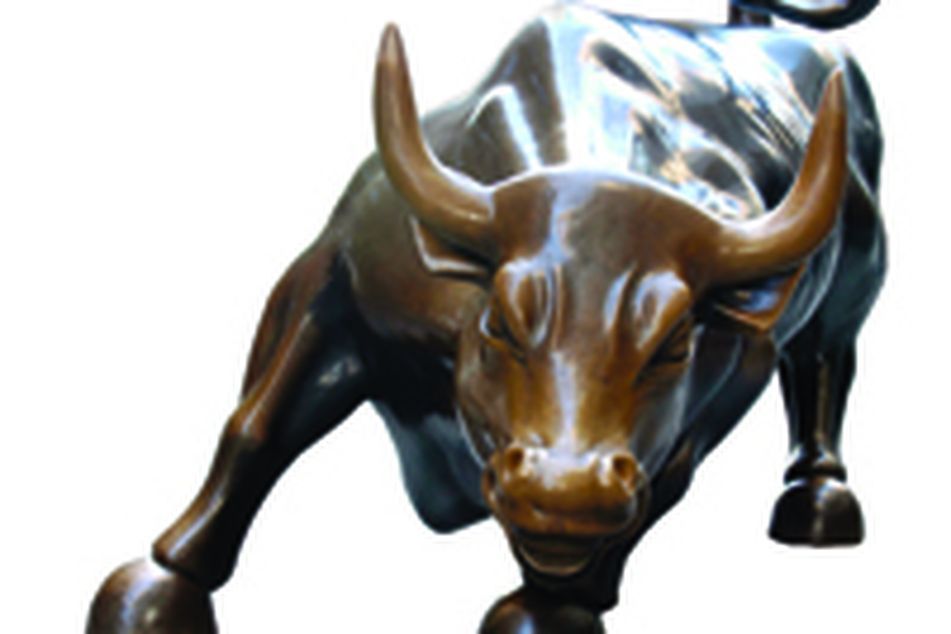Dividend income funds sizzling after cliff deal

Pent-up demand driving stocks higher as threat of higher tax rates gone.
After a brief year-end disruption related to the fiscal cliff negotiations, the hunt for dividend income is back on with a vengeance.
“Right now, the money is flowing into our rising-dividend fund at a record rate of more than $1 million a day,” said George Schwartz, president and chief executive of Investment Counsel Inc.
Mr. Schwartz co-manages the $317 million Ave Maria Rising Dividend Fund (AVEDX) along with Rick Platte.
Over the past few years, the extended stretch of record-low interest rates has spawned a growing thirst for dividend income, which is illustrated by the more than $17 billion in net asset flows into dividend-focused mutual funds last year, according to Morningstar Inc.
But even though the monthly net flows for the first 11 months of 2012 ranged from $775 million to more than $3 billion, the threat of higher taxes on dividend income trimmed net flows into the funds in December to $159 million.
What has changed since December is the threat of the taxation of dividend income as ordinary income, up from a 15% rate in 2012.
Under the fiscal cliff deal, the tax rate on dividend income jumps to 23.8% for households earning more than $450,000, or $400,000 for a single person.
The new rate, which includes a 3.8% tax on investment income to help pay for Obamacare, is considered a bonus compared with the new top ordinary income tax rate of 39.6%, up from 35% last year.
The health care law tax kicks in for households making $250,000, or $200,000 for singles, adding up to an 18.8% tax on dividends and capital gains at those income levels.
“At the end of the year, people were unloading their dividend payers, but a lot of that has since snapped back, and dividend stocks have started to resume their strong performance,” said Jay Wong, who manages the Payden Value Leaders Fund (PYVLX) at Payden & Rygel, a $65 billion asset management firm.
Categorywide asset flows for January are not yet available, but the average return of the roughly 400 dividend-paying stocks within the S&P 500 since the start of 2013 is 3.5%.
By comparison, the average return of non-dividend-payers over the same period is 3.2%.
Dividend-focused funds tracked by Morningstar produced an average return of 13.6% last year and have gained an average of 3% so far this year.
The S&P 500 gained 16% last year and is up 3.3% so far this year.
Studying just the first two weeks of January is a small sample, but the recent performance of the dividend payers does represent a stark reversal from 2012, when non-dividend-payers in the index beat dividend payers by an average of 2%, according to Mike Boyle, senior vice president at Advisors Asset Management Inc.
“Our message throughout the year was that dividend stocks have historically been successful in all tax environments, but the long and short of it is that dividend-payers might have underperformed last year due to fears of higher taxation,” he said. “I think what we’re seeing now is some pent-up demand.”
Learn more about reprints and licensing for this article.








